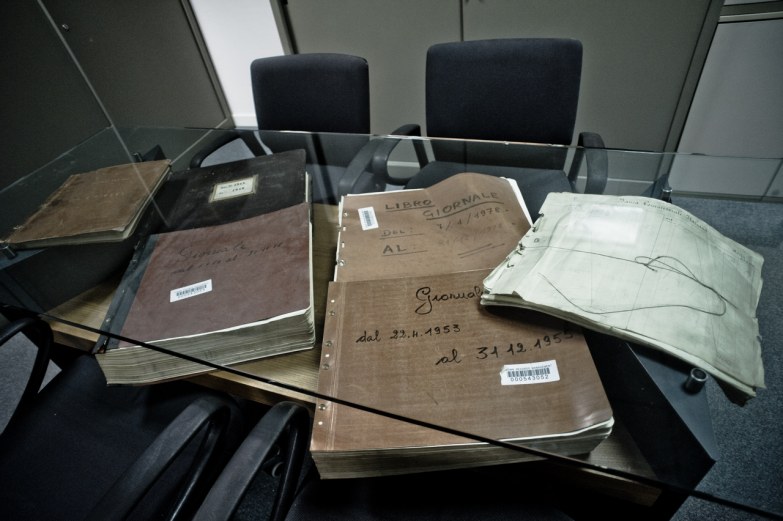HANDWRITTEN IS BETTER: HAPPY HANDWRITING DAY
On July 4th, 1776, American Founding Father, statesman and Patriot John Hancock (1737 – 1793) put his signature to the United States Declaration of Independence. His signature was so large and stylish that ‘Hancock’ soon became a colloquialism for a person’s signature. In 1977, Washington D.C.’s Writing Instrument Manufacturers Association (WIMA) stated that January 23rd, his birthday, would turn out to become National HandWriting Day, to promote handwriting in an era of technological accelerations. Today, this event is also celebrated in Italy, where institutions like Istituto Grafologico Internazionale ‘Girolamo Moretti’, Urbino, work to turn this practice into a cultural heritage preserved by UNESCO.
To discuss handwriting means to write about the history and the evolution of human culture. The origins of calligraphy are dated 3000 years ago, China, where the brush, the inkpot, ink and paper were defined as the ‘four treasures from the writer’s room’: they were used by intellectuals to express personal ideas on society, nature and life. Ideograms began to appear on materials such as bronze, bones, turtle shells, to convey many different concepts. The direction of reading was vertical, to follow the form of the bamboo canes people usually wrote on (they would later become the first books).
Actually, calligraphy and aesthetics matched soon, in various cultures from the world: the Islamic one, for instance, forbids the representation of the human face, thus words have become ornamentations we can also find in Middle Eastern urbanism and architecture.
The field of visual arts also found itself seduced by words and writings. In 1793 French painter Jacques-Louis David painted one of the most emblematic portraits of the modern era, La Mort of Marat (The Death of Marat), representing Jean-Paul Marat, one of the leaders of the radical faction of the Montagnards. One of the advocates of the French Revolution, Marat was stabbed to death by Charlotte Corday, a Girondin who entered his house saying that she had to make him read a letter. The letter is one of the key elements in David’s painting, a notable, highly imitated composition in which the elegant details are lit just like evidence on a crime scene.
Since we like recommending movies as well, today we suggest a thriller, Zodiac by David Fincher (2007), based on the true story of a serial killer who terrorized the whole San Francisco Bay Area with a series of killings, and also with some coded, handwritten letters, where all the symbols were impossible to interpret (by the way, one of them was decoded in December 2020, after 51 years).
The Archive of Fondazione FILA Museum is being digitalized day by day; however, the allure of physical objects remains the same. Among them, we can find financial and accounting ledgers, all handwritten in the twentieth century. Beautiful calligraphy was fundamental to create them, as a proof of a pre-digital era in which many different skills were required. To take care of these documents means to get close to such values, also an attempt to somehow take them back.
Back to the articles!

